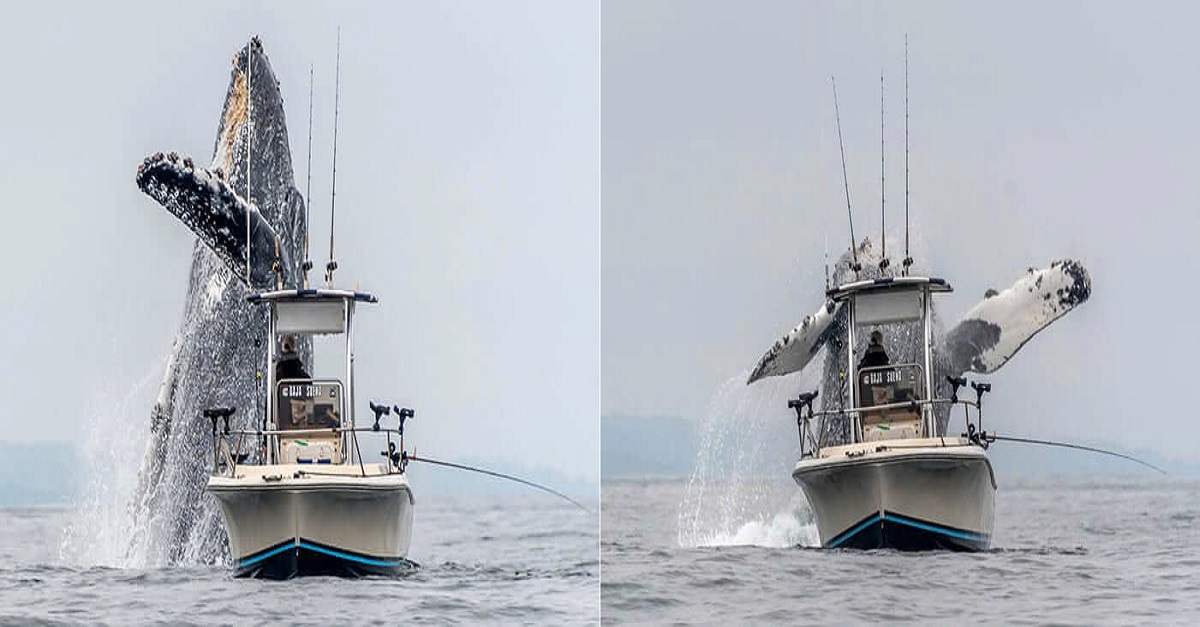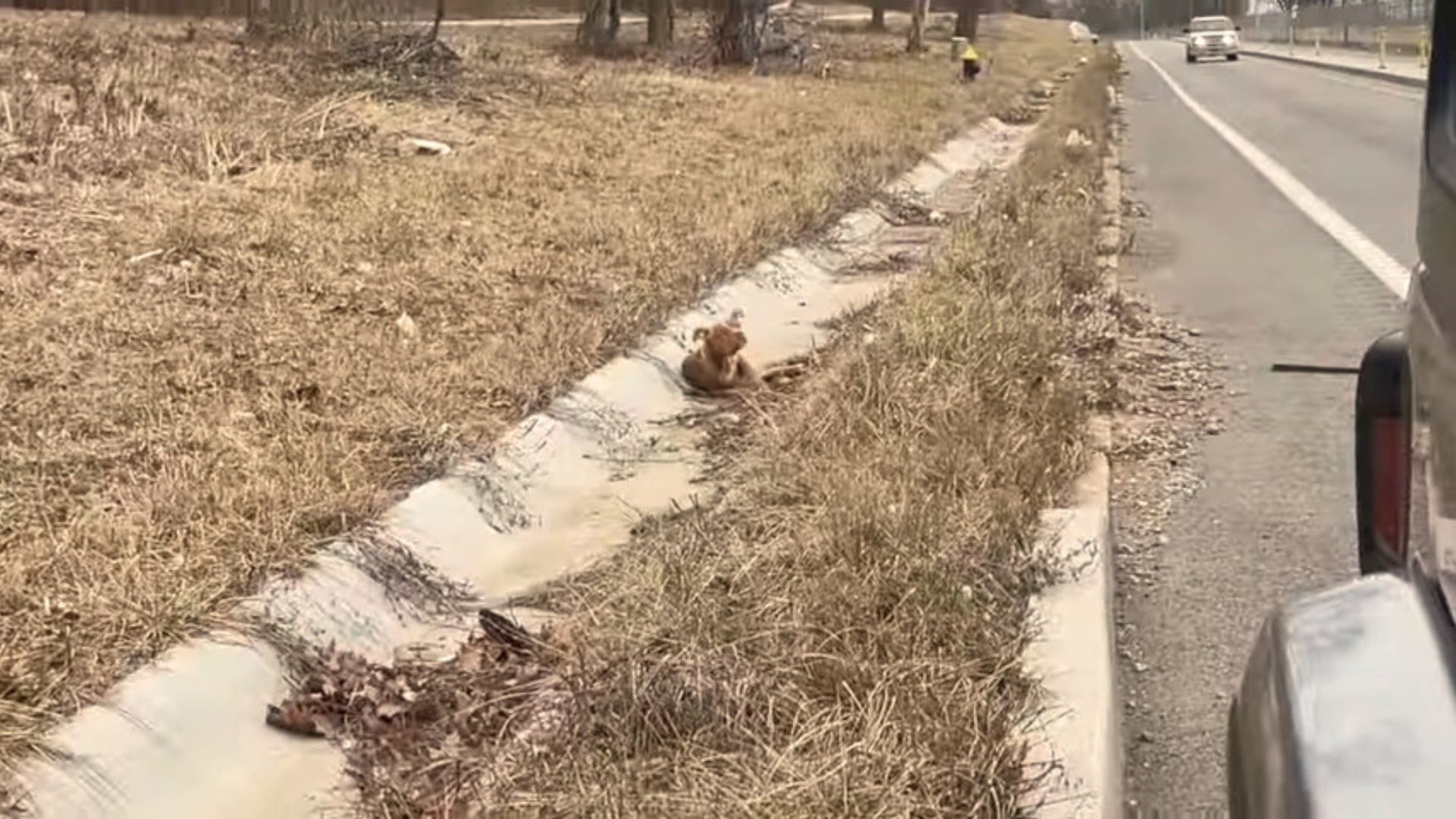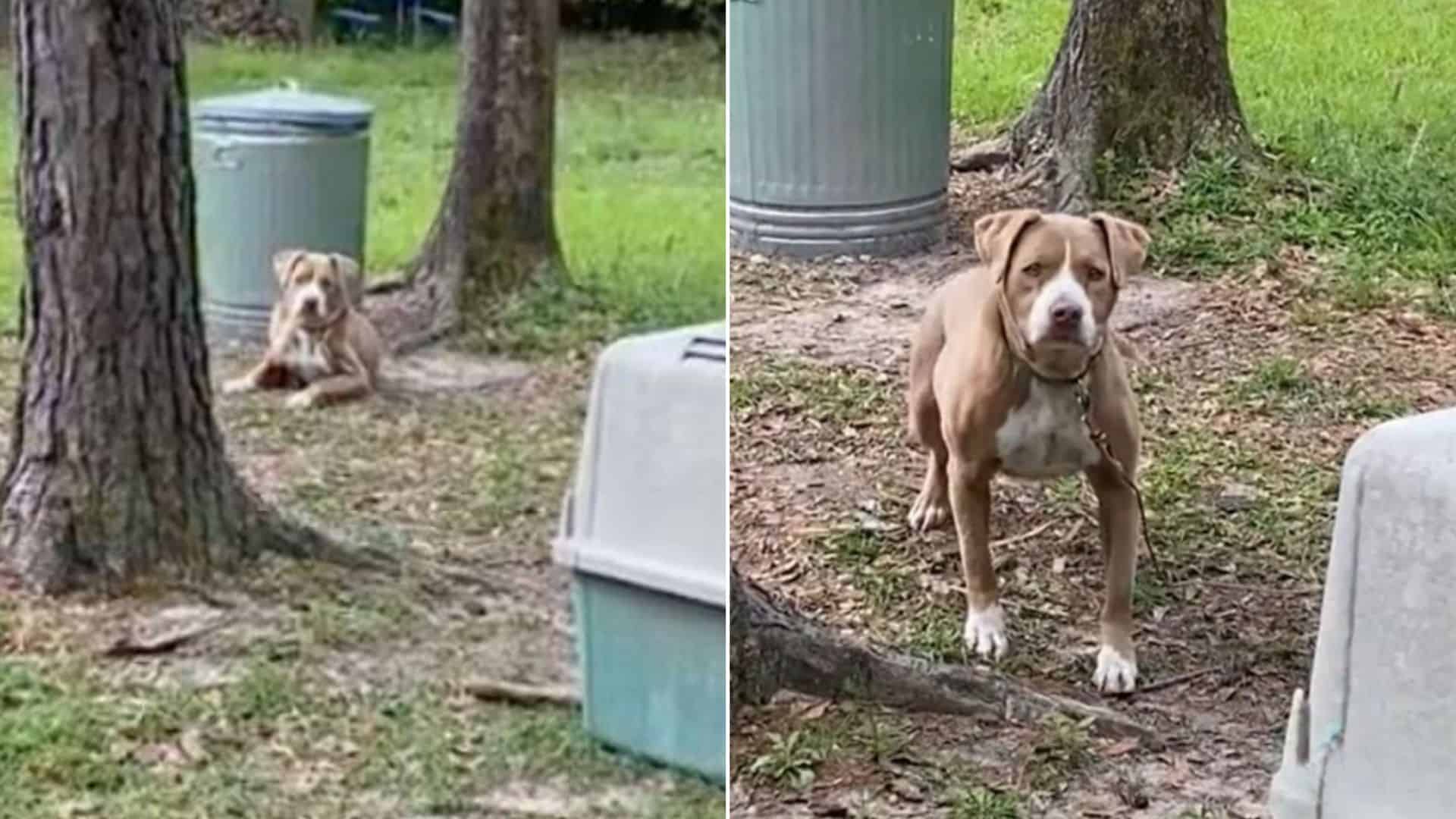In the poker game of life, Bella, the shelter puppy, got some pretty bad cards.
Still, that didn’t stop her from going for the win.
In the long history of one Wisconsin shelter, this pup was the first, maybe even the only one they’d seen with this condition.
It didn’t stop Bella from being pawesome.
It helped her be extra cool.
It gave her the strength to go the extra mile and give an arm and a leg for a potential new family.
She’s Got What?
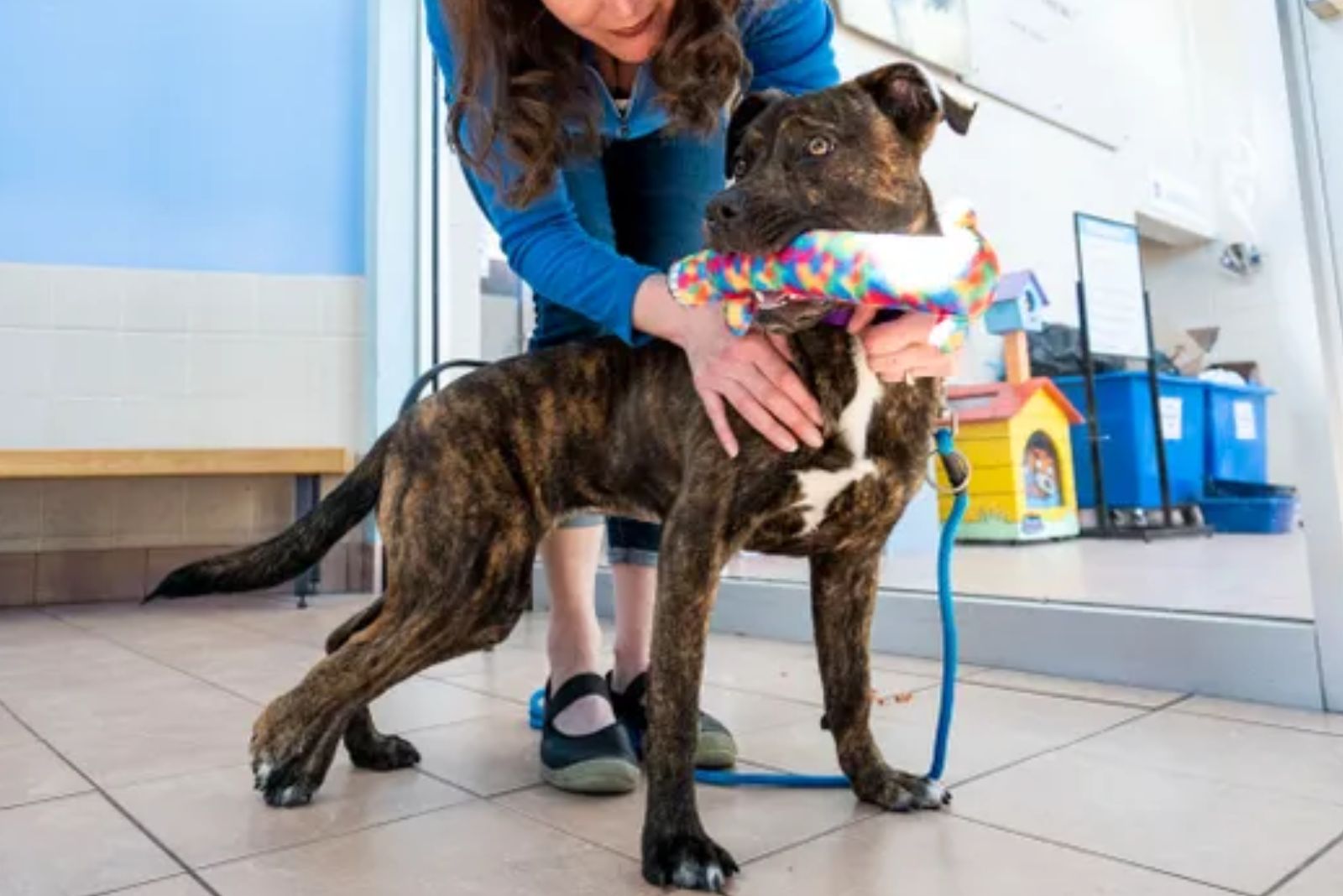
Dimelia – that’s the name of the condition.
Everyone at the Wisconsin Humane Society was astonished when they saw Bella.
No one at the shelter recalls seeing such a puppy join their society.
A dog with a missing leg or two can be considered common. Accidents happen, and poor breeding practices, too.
But, a dog with five legs? Well, that’s something almost fit for the circus.

When she arrived at the shelter, the vets diagnosed her with the said condition. Dimelia gave Bella extra bones as well as nine toes on one hind leg. That entitles her to be known as the dog with five legs.
“We were all just as floored as you likely are when we saw the X-rays! This 6-month-old puppy has dimelia, an extremely rare congenital anomaly characterized by the duplication of bones. It’s basically like an extra leg inside her right hind leg. A normal canine hind leg would have one femur, one tibia, one fibula, and 4-5 toes,” the organization posted on Facebook.
“X-rays of the affected leg revealed that Bella appears to have an extra femur, two tibias, two fibulas, and nine toes on her rear paw. It is the first-ever case of dimelia we’ve seen in our organization’s history, and as far as we can tell, she’s one of the *very* few documented cases of dimelia in a dog – ever,” they added.
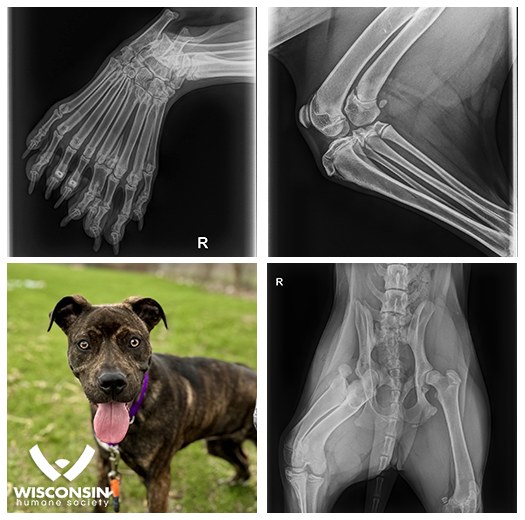
Quite unusual, isn’t it? Well, imagine how Bella, the only known dog so far, feels about it!
Fortunately, for this sweet girl, dimelia doesn’t give her mobility issues.
It appears that if a dog is affected by dimelia, nothing really should be done if the condition doesn’t cause any issues with the dog’s comfort or mobility. However, experts suggest some radical measures, such as amputation, if dimelia is making daily life hard. |1|
Bella doesn’t mind going for walkies at all. She loves it! And, she loves bouncing around, playing, and just being a happy pupper.
Where’s My Furever Hooman?
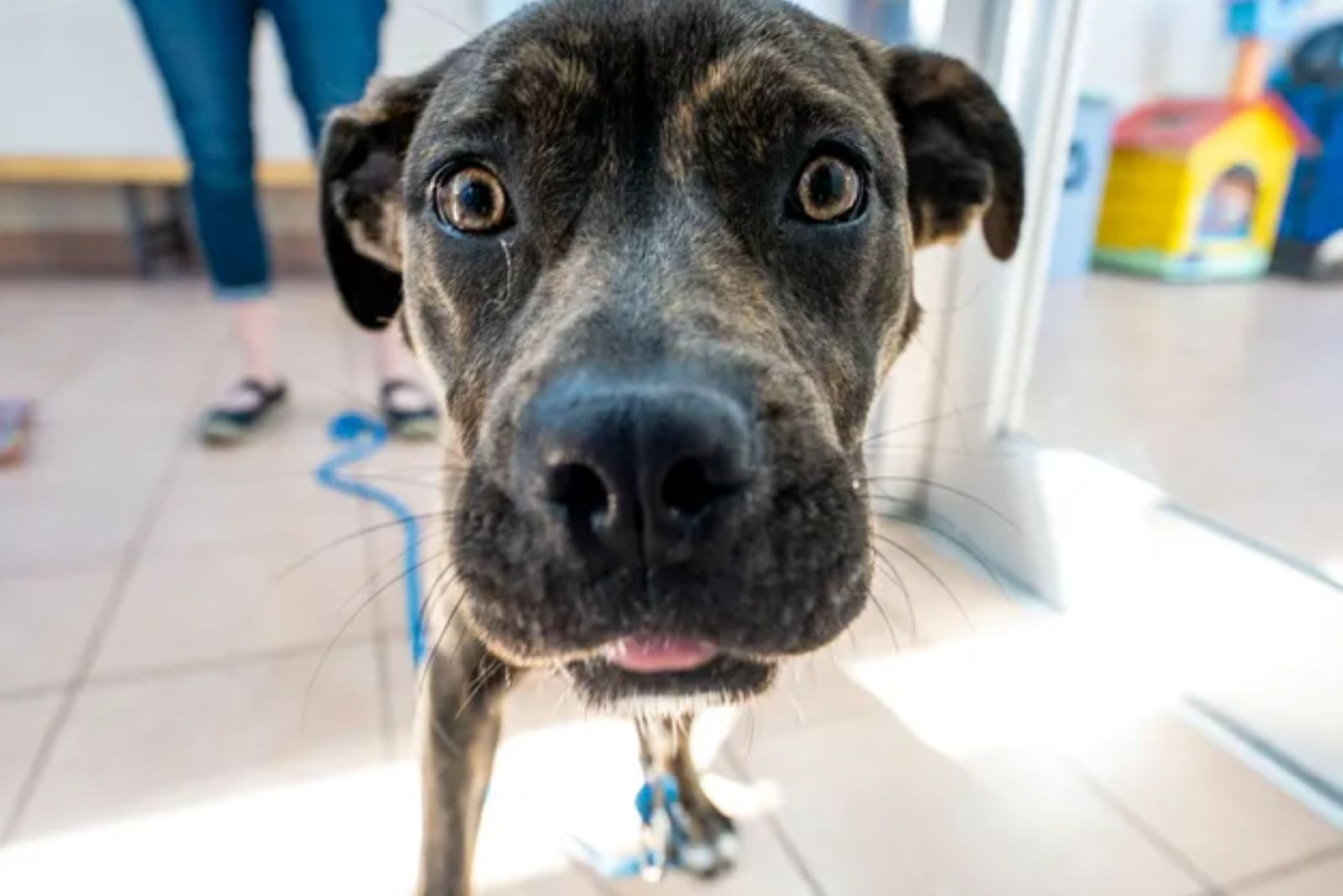
At the Kenosha Campus where Bella resides, everyone believes she will find a furever home soon.
However, a special dog with a special condition needs someone special, too. No matter how much you love dogs and want to adopt one yourself, you need to know that a dog like Bella needs medical attention.
Bella’s flipper-like hind leg may not cause her trouble now, but it certainly will as she ages. Older dogs often have mobility problems with their joints and worn-out cartilage. Just imagine how a dog with dimelia would feel about running in a few years.
A lot of people have something called the savior complex, and they’re not even aware of it. Not every dog can be saved. A single person can’t save them all, and we need to understand that.
Sure, Bella is a wonderful dog… no one doubts that. But, you need to be ready for lots of potential medical bills. Owning a dog is not a hobby… it’s a lifetime responsibility.
If you want to get a pup just for fun, and you’re not ready to face situations like lifelong illness, mobility issues, high medical bills, or constant care, please don’t adopt.
The Wisconsin Humane Society has lots of dogs who need help.
If you’re a role model adopter and future dog owner, please consider visiting them.
Bella is looking for her hooman.
Are you the one?
References:
|1| J. Kim , W. E. Blevins , G. J. Breur. Morphological and functional evaluation of a dog with dimelia. 2006. DOI



